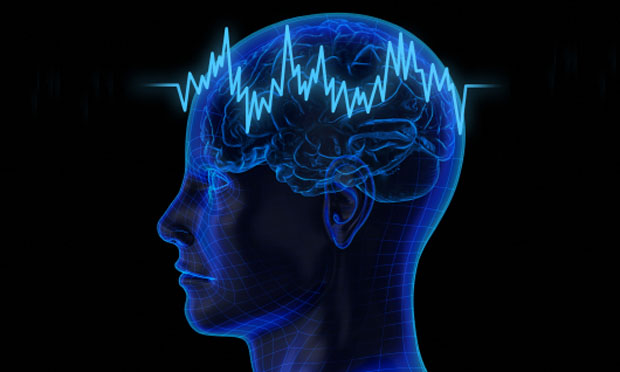The link between severe mental illness and random violence against others is not necessarily a strong one, and as research studies have suggested, people who are intoxicated or abusing illicit substances are on average more dangerous to the public. But inexplicable incidents, such as Santa Barbara City College student Eliot Rodger’s violent rampage in May 2014, continue to raise questions about the ties between mental illness and violence.
Violence against strangers by persons with severe forms of mental illness, such as schizophrenia, remains “exceedingly rare,” and it is usually a combination of substance abuse and psychosis that truly increases the chances of violent acts, as a 2009 study in the Journal of the American Medical Association notes. Moreover, media reports speculating about such connections — or conflating various other cognitive conditions such as Asberger syndrome or autism — serve ultimately to perpetuate stigmas and stereotypes.
Highly developed scientific methods in the criminal justice context that attempt to assess mental illness and “future dangerousness” have proven to be highly variable in their accuracy, as a 2012 metastudy concludes.
That said, early interventions for persons with acute mental illness have been shown to decrease some risks, both to the public and to those suffering from forms of psychosis. A 2010 study from the University of Sydney and St. Vincent’s Hospital (Darlinghurst, Australia) published in Schizophrenia Bulletin, “Rates of Homicide During the First Episode of Psychosis and a Systematic Review and Meta-Analysis,” analyzed how often a severely disturbed individual had received psychological treatment prior to committing one or more homicides. Researchers first determined the overall rate of homicides committed by psychotic individuals, and then analyzed previous studies to determine the association between homicides committed by a psychotic individual and psychological treatment efforts prior to the homicides.
The studies described 894 individuals, 349 of whom were defined as experiencing first-episode psychosis. The average subject was 33.2 years old; a significant majority were male (84.6%) and nearly all (99%) had been diagnosed at some point with schizophrenia. Diagnoses were determined by previous contact with mental health care providers such as hospitals, outpatient services and treatment.
Keys study findings include:
- “Approximately 4 in 10 of the homicides committed by people with a psychotic illness occur before treatment.”
- The researchers estimate that approximately 1 in 700 psychotic individuals will commit a homicide before he or she receive any type of psychiatric care. In contrast, the researchers estimate that 1 in 10,000 psychotic individuals receiving medical care will commit a homicide. “The rate of homicide in psychosis before treatment is approximately 15 times higher than the annual rate after treatment.”
- Data on severe self-mutilation since 1960 found that 143 of 189 cases had “clearly documented psychotic illness.” Of these, 119 (83.2%) were diagnosed with some type of schizophrenia: “We estimate the risk of major self-mutilation prior to initial treatment to be 25 times greater than the annual risk after treatment.”
- The researchers speculate that the decline in the homicide rate after psychological treatment may be attributable to effective interventions ranging from self-awareness to medication.
The researchers recommend that health care workers be keenly aware of the increased risk of violent behavior during first-episode psychosis.
Keyword: crime, metastudy


Expert Commentary